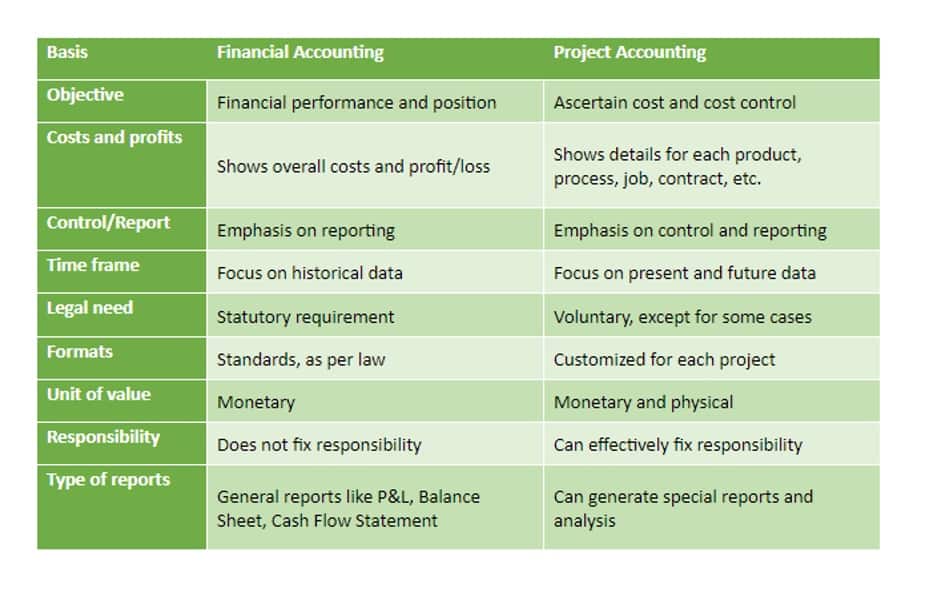Cost of Production: Formula, Steps, and How to Reduce It The Megaventory Blog

To qualify as a production cost, an expense must be directly connected to generating revenue for the company. Let’s see some simple to advanced examples of per unit production cost formula to understand it better. Below are examples that demonstrate how to calculate Cost Price (CP) for a better understanding of determining the selling price by accounting for all expenses. This happens when Suspense Account the average cost does not change when producing more units. If the output changes proportionally with the inputs, that means there are constant returns to scale.

Risk Management and Cost Forecasting
It’s a crucial concept for decision-making, as it helps assess the impact of scaling production. Calculating marginal cost involves assessing changes in total production costs as output increases. It provides insight into the efficiency of increasing production capacity and determining optimal output levels. Direct labor costs include the wages and benefits paid to employees who are directly involved Accounting Periods and Methods in the production of goods.
Cost of Lost Production Calculator
For example, a restaurant business must pay its monthly, quarterly, or yearly rent regardless of the number of customers it serves. By accurately tracking direct costs, you can determine the true cost of producing each unit and make informed decisions regarding pricing, profitability analysis, and cost control measures. When calculating overhead costs, which refer to all indirect cost burdens in a business, you examine the budget and the costs incurred for services or products to generate profits.
Table 1: Typical Cost Components in Agricultural Production

Moreover, production costs serve as an essential indicator of operational efficiency. By analyzing trends in a company’s total production cost and comparing it to other industry peers, investors can gauge whether the business is improving its productivity and reducing costs over time. A more efficient operation translates into increased profitability and better overall financial performance. Understanding the relevance of production costs for institutional investors goes beyond evaluating individual companies. Production costs play a crucial role in assessing a company’s financial health and performance, which can significantly impact investment decisions.
- If production costs varied between $20 and $50 per barrel, then a cash-negative situation would occur for producers with steep production costs.
- These costs increase or decrease based on the volume of goods produced or services rendered.
- In many industries, direct material cost is dynamic and subject to market fluctuations, making it essential to have real-time tracking systems in place.
- The firm managed factory overhead cost by investing in energy-efficient machinery and optimizing production schedules to reduce machine idle time.
- Maintaining transparency and up-to-date records forms the backbone of an effective costing system.
The Relationship Between Marginal and Average Cost
In the shipbuilding, for example, almost all costs are relating to direct costs. cost of production calculation With this knowledge, decision-makers can implement targeted strategies that not only lower the production cost but also enhance overall manufacturing competitiveness. Having an understanding of this breakdown allows management to identify cost centers and develop strategic plans for each.
🎯 Why Use a Process Costing Calculator?
In agriculture, common fixed costs encompass land rent or mortgage installments, depreciation on machinery, property taxes, insurance, and infrastructure maintenance costs. These costs must be carefully recorded since they significantly impact long-term financial planning. Unlocking precise agricultural production cost calculation enhances profitability and sustainability in farming.

Comparative Analysis and Sensitivity Testing
Variance analysis is crucial for identifying inefficiencies, understanding fluctuations in direct costs, and monitoring how well the factory overhead cost is controlled. Direct labor cost represents the wages, salaries, benefits, and related expenses of the employees who are directly involved in the production process. This includes line workers, machine operators, and others whose efforts can be directly traced to the manufacturing of a product.




